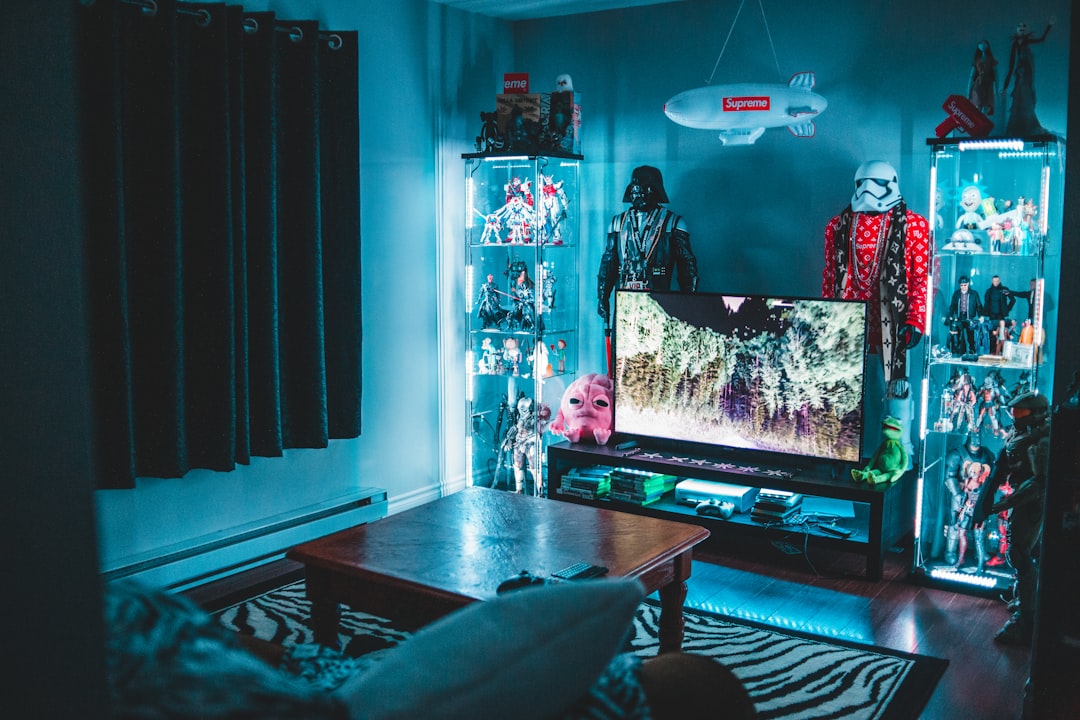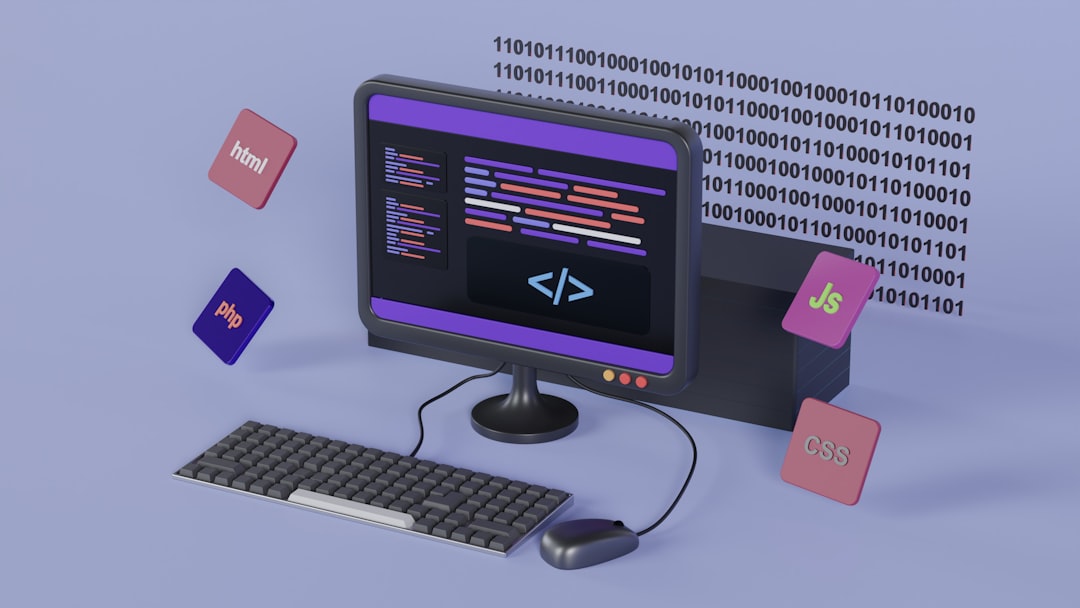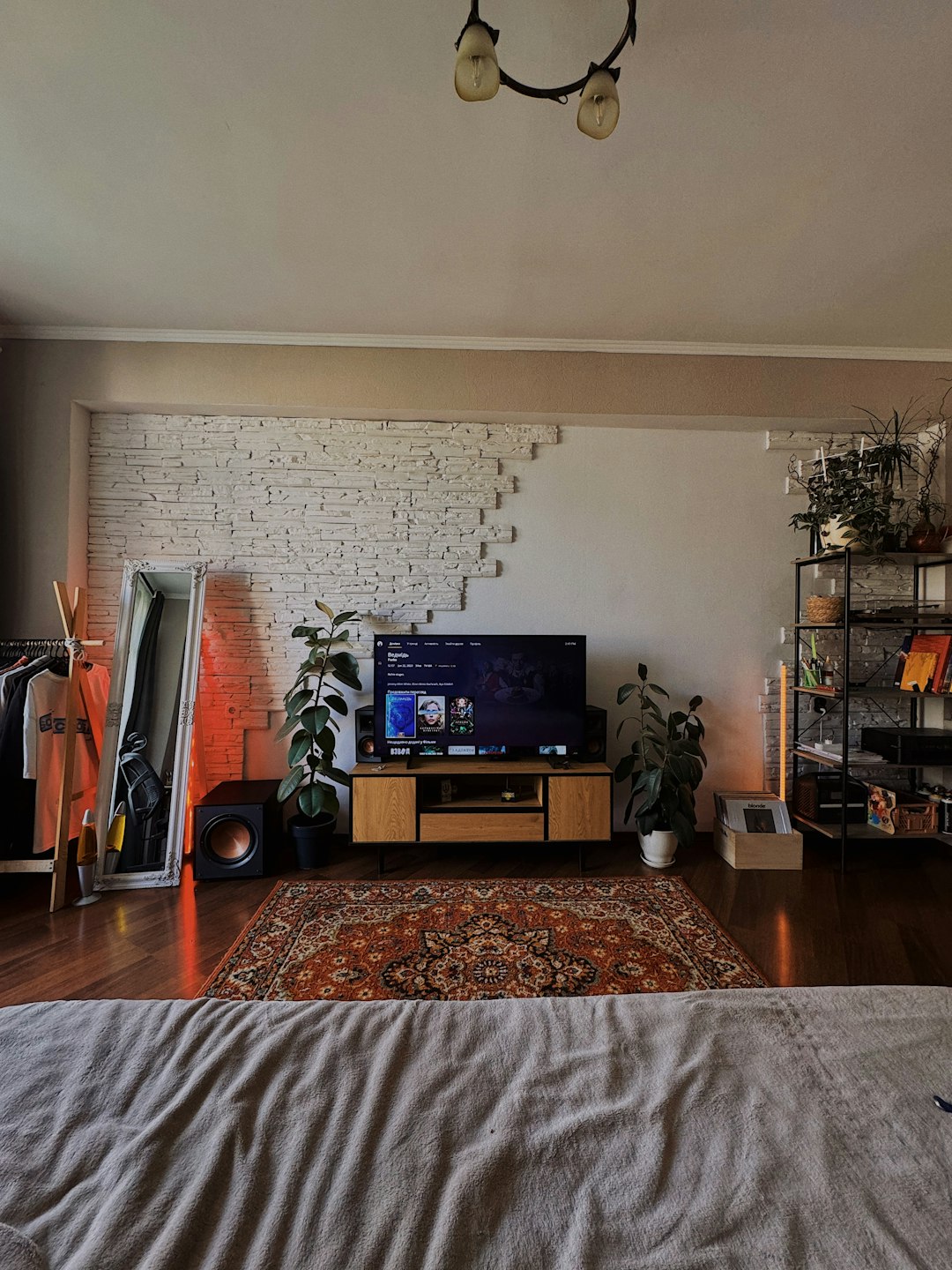Are you tired of juggling multiple remotes just to watch your favorite shows or change the volume on your home entertainment system? If so, the RCA Universal Remote might be your new best friend. Designed to control various devices with a single remote, the RCA Universal Remote is a reliable and affordable solution for home entertainment enthusiasts. Whether you’re trying to simplify your setup or replace a lost remote, understanding the remote codes and setup process is essential. This guide provides a comprehensive master list of RCA universal remote codes and helpful setup tips to get you started.
What is an RCA Universal Remote?
The RCA Universal Remote is a programmable remote control that can operate multiple devices such as TVs, DVD players, streaming boxes, and audio equipment. Instead of using separate remotes for each piece of hardware, you can use one RCA remote to take complete control of your setup. RCA offers a range of universal remote models, from basic versions with limited functionality to advanced options that support up to eight devices.

Why Use a Universal Remote?
Here are a few reasons why switching to an RCA Universal Remote makes sense:
- Simplified Control: Operate multiple devices with a single remote.
- Reduced Clutter: Say goodbye to the pile of remotes cluttering your coffee table.
- Cost Effective: Get versatile functionality without the high price tag.
- Compatible with Hundreds of Brands: RCA universal remotes work with most popular electronics brands.
Now that you understand the benefits, it’s time to dive into the heart of the matter—RCA Universal Remote codes.
Master List of RCA Universal Remote Codes
RCA remotes use numeric codes to program themselves to specific brands and types of devices. Below is a simplified list covering many of the most common brands. Keep in mind that RCA maintains a more comprehensive list if needed. These codes can vary slightly depending on the remote model, so it’s a good idea to consult your remote’s manual as well.
TV Codes
- Samsung: 10812, 10060
- LG: 10017, 10178
- Sony: 10000, 11100
- Toshiba: 10156, 11156
- Panasonic: 10051, 10250
DVD Player Codes
- Samsung: 20490, 20820
- Sony: 20533, 21033
- Toshiba: 21331, 21414
- LG: 20675, 20741
- Philips: 20646, 21268
Cable and Satellite Box Codes
- Comcast: 10178, 10812
- DirecTV: 10000, 10171
- Time Warner: 10000, 10702
- Dish Network: 5080, 5350
Audio Equipment Codes
- Bose: 40020, 40060
- Yamaha: 30176, 31176
- Sony: 30158, 31158
- Pioneer: 30014, 31014
If your brand is not listed, don’t worry—the RCA remote supports a vast database of devices. You can usually find full lists available on the enclosed instruction sheet or at RCA’s official support website.
How to Program Your RCA Universal Remote
Programming your RCA Universal Remote is a straightforward process. You can use either a direct code entry method or rely on the auto code search function. Here’s how to do both:
Option 1: Direct Code Entry
- Turn on the device you want to program.
- Press and hold the corresponding device button (e.g., TV, DVD) on your remote.
- While holding the device button, press and hold the Power button until the remote’s LED lights up and stays on.
- Enter the device’s code using the number buttons. The LED should turn off after entering the correct code.
- Release the device button and test the remote to ensure it controls the desired functions.
Tip: If the remote doesn’t respond, try entering one of the other codes listed for that brand.

Option 2: Automatic Code Search
If you don’t know the correct code, don’t worry. The remote can automatically search the database:
- Turn on the device.
- Press and hold the device button (e.g., TV) and the Power button at the same time. Wait until the LED stays on.
- Release both buttons, then press the Play button every five seconds. This will send a batch of 10 codes at a time.
- When the device turns off, press the Rewind button to cycle backward one code at a time until the device turns back on.
- Once the device turns on again, press Stop to save the code.
This method may take a little longer but works well when you can’t find the exact code for your device.
Tips for a Successful Setup
Even though the programming process is simple, keeping a few tips in mind can save time and frustration:
- Fully charge or install fresh batteries in your RCA remote before starting setup.
- Keep the remote pointed at the device during the entire programming process.
- Try codes in order from most to least common. Usually, the first codes listed have a higher chance of working.
- Write down or save the correct code once you’ve found it for future reference.
Also, remember that different RCA remote models may have slightly different interfaces or require specific instructions. Always refer to your remote’s user manual for model-specific details.
Common Issues and Troubleshooting
Here are a few quick fixes to some common problems:
- Remote not responding: Confirm the batteries are fresh and installed correctly.
- Device not turning off/on during programming: Be patient with auto-search, or double-check the brand code entered.
- Some buttons work but others don’t: Try programming the remote with a different code from the same brand group.
If you’re still having trouble, consider doing a remote reset and restarting the entire process from step one.
Conclusion
The RCA Universal Remote is a simple and powerful tool for consolidating your home entertainment system. With a little bit of patience and the right codes, you’ll gain convenient control over multiple devices. Whether you’re managing a modern smart TV or an older DVD player, this remote simplifies everything with just a few button presses.

If you’re still holding onto three or more remotes, now is the perfect time to switch. With the help of this master code list and setup tips, programming your RCA Universal Remote will be quick, easy, and hassle-free.